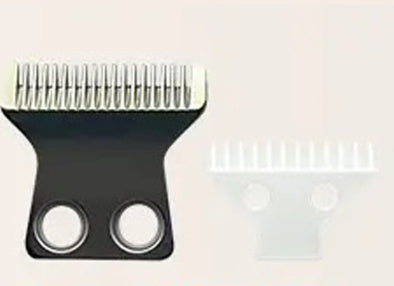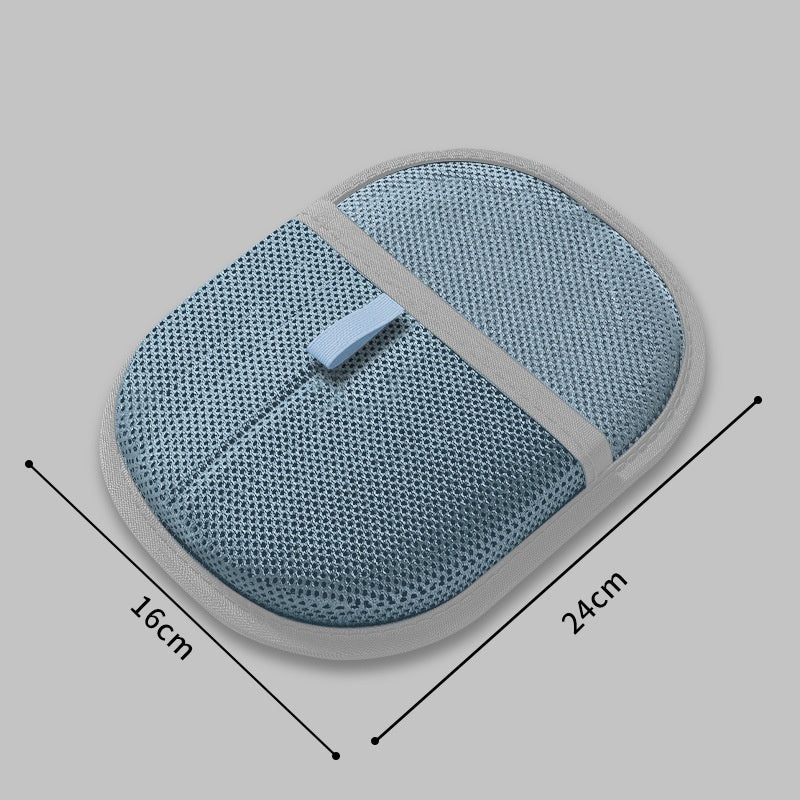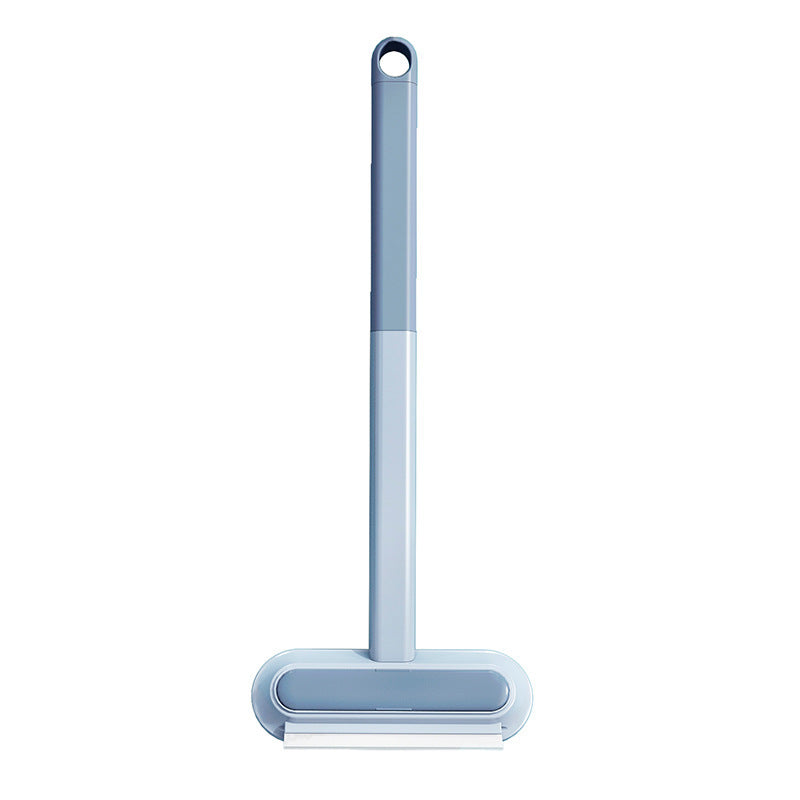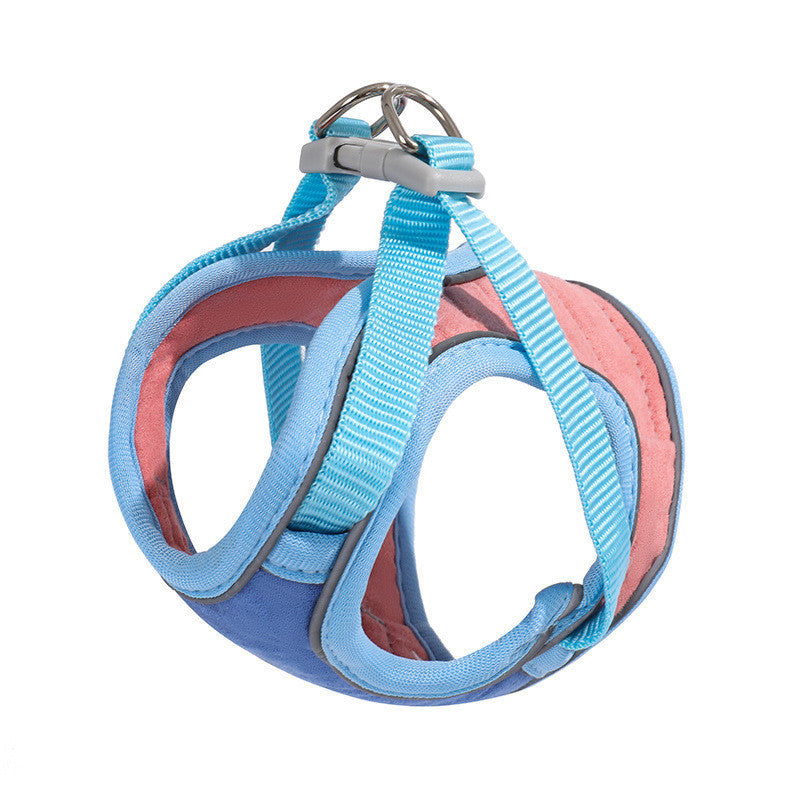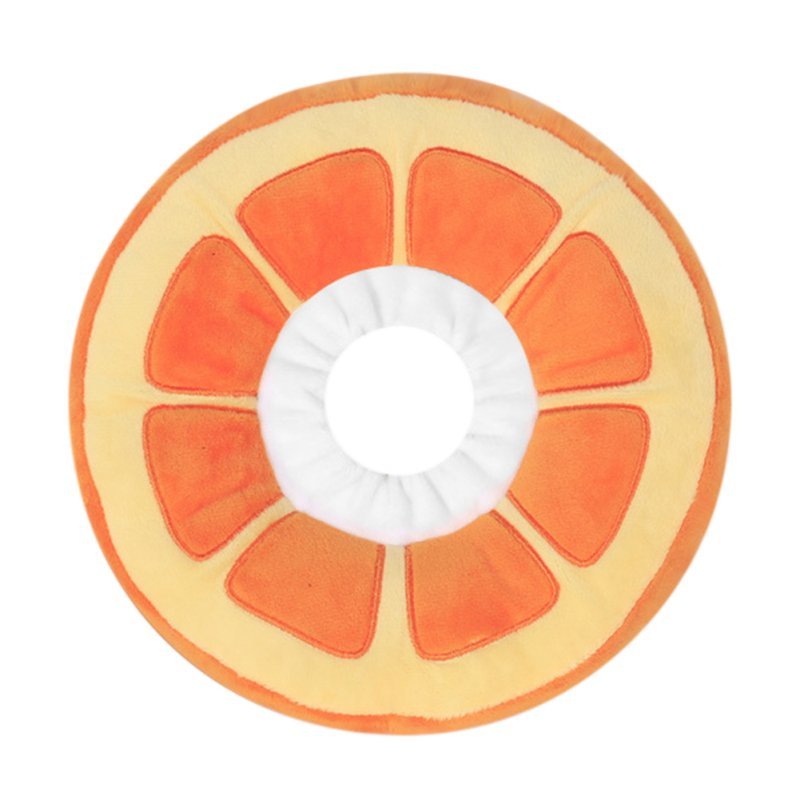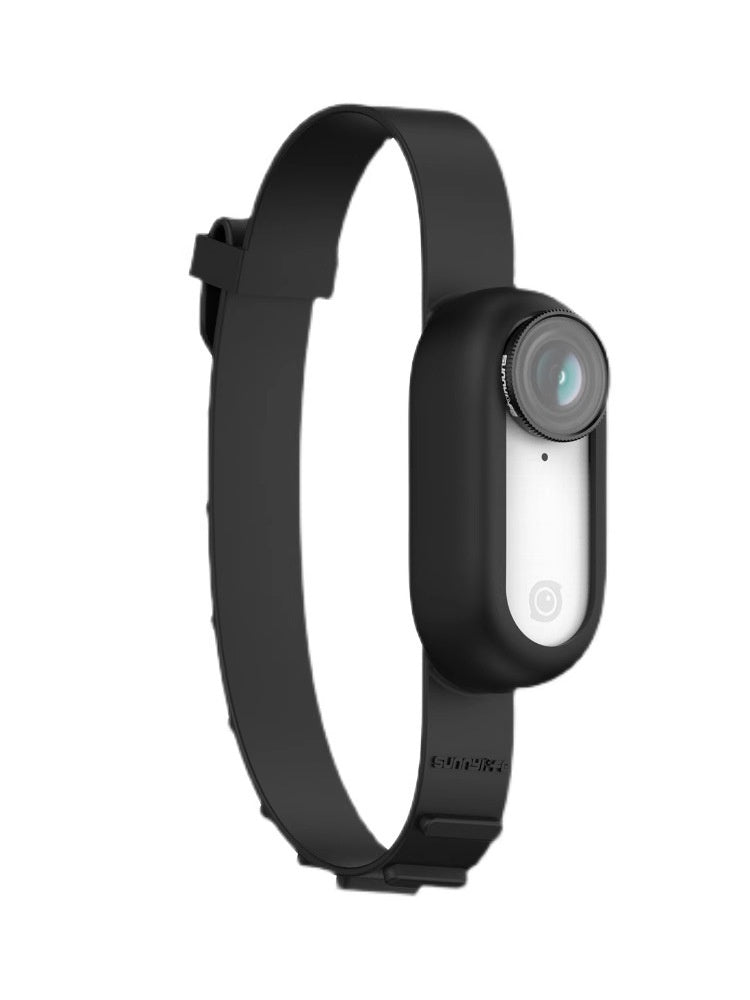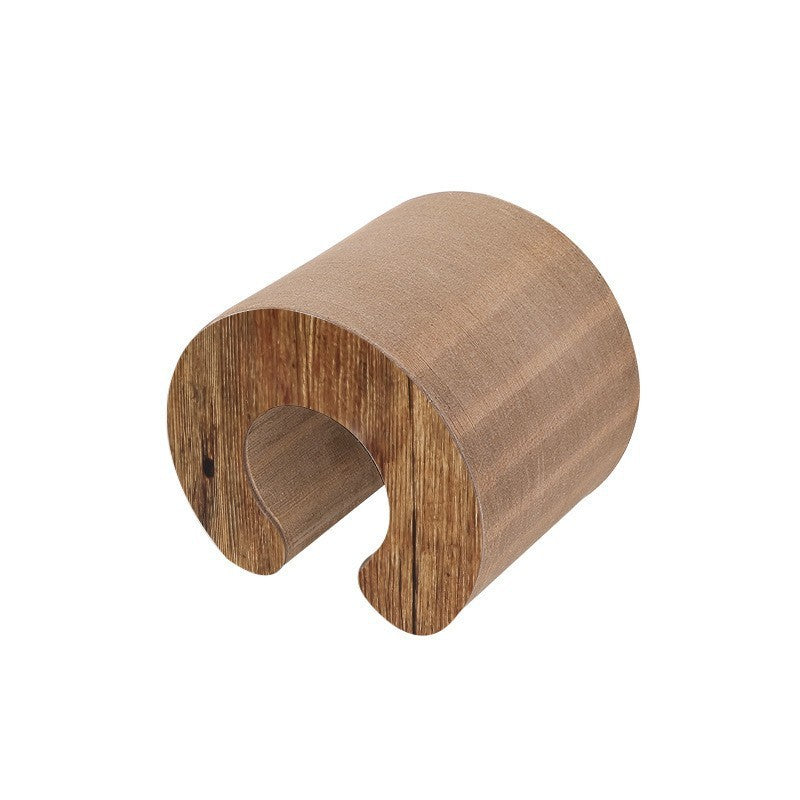Upgrade your grooming game with tools that make brushing easier and more effective. Grooming isn't just about making your cat look sleek. It's a vital part of their health routine that goes far beyond mere aesthetics.
Regular brushing removes loose fur, prevents uncomfortable hairballs, and strengthens the precious bond between you and your feline friend. But not all grooming tools are created equal, and many cat owners in Australia are missing out on some absolute game-changers. There are lesser-known gems that can completely transform your grooming experience, especially if you're dealing with long-haired breeds or cats that shed like it's their full-time job.
Let's uncover the grooming tools you probably didn't know existed but definitely need in your arsenal.
Why Proper Grooming Matters More Than You Think
Regular grooming does so much more than just keeping your home free from fur tumbleweeds. It reduces excessive shedding, minimises painful matting, helps distribute natural oils throughout your cat's coat, and gives you the perfect opportunity to detect skin issues, lumps, or parasites early. As RSPCA Australia emphasises, long-haired cats like Persians, Maine Coons, and Ragdolls require daily brushing to stay healthy and comfortable, neglecting this can lead to serious matting that may require professional intervention or even sedation to remove.
The Australian climate presents unique challenges too. Our hot summers can make thick-coated cats particularly uncomfortable, whilst our varied seasonal changes mean many cats experience significant shedding cycles. Regular grooming helps your cat regulate their body temperature naturally and reduces the amount of fur they ingest during self-grooming, which in turn reduces hairball formation.
Moreover, grooming sessions provide invaluable bonding time. Cats who are regularly groomed from a young age often become more comfortable with handling, making vet visits less stressful and creating a deeper connection with their owners.
Essential Grooming Tools You Need to Try
- Undercoat Rake - The Secret Weapon for Double-Coated Breeds: This specialised tool removes dead undercoat fur without damaging the protective topcoat - absolutely perfect for double-coated cats like Norwegian Forest Cats, Siberians, and Maine Coons. The long, widely-spaced teeth penetrate deep into the coat to catch loose undercoat that regular brushes simply can't reach. It's particularly brilliant during shedding season when these breeds can lose enormous amounts of fluff.
- De-Shedding Glove - The Gentle Approach: Wear this like a glove and pet your cat as usual. The rubber or silicone nubs collect loose fur whilst giving your cat a pleasant massage. This is ideal for cats who are brush-shy or anxious about grooming. Many cats actually enjoy the sensation so much they'll seek out grooming sessions.
- Slicker Brush with Retractable Pins - Versatility at Its Best: This brush features fine, short wires that are perfect for detangling without scratching sensitive skin. The retractable pins make cleaning a breeze and protect the bristles when not in use. It's brilliant for both short and long-haired cats and particularly effective at removing loose undercoat.
- FURminator deShedding Tool - The Heavy-Duty Option: One of the most popular tools amongst professional groomers for reducing shedding. Available in different sizes for short and long coats, this tool can reduce shedding by up to 90% when used properly. It's particularly effective on cats with thick, dense coats and works by reaching through the topcoat to gently remove loose undercoat.
- Tangle Teezer for Cats - The Surprising Human Crossover: Originally designed for humans, this brush works absolute wonders on matted fur thanks to its dual-length bristles. The shorter bristles smooth the coat whilst the longer ones penetrate deeper to detangle. It's gentle enough for daily use and works brilliantly on sensitive areas like the belly and legs.
- Nail Trimmers with Safety Guard - Peace of Mind for Anxious Moments: These prevent over-cutting and accidental injury, especially useful for wriggly or anxious cats. The safety guard ensures you can't cut too much nail at once, reducing the risk of hitting the quick and causing pain or bleeding.
- Self-Cleaning Lint Roller - The Furniture Saver: This rolls up shed fur from furniture and clothes quickly and efficiently - an absolute must-have for heavy shedders. Unlike traditional lint rollers, these clean themselves as you use them, making them more economical and environmentally friendly.
- Grooming Wipes - The Quick Touch-Up Solution: Perfect for spot-cleaning between baths or for cats who despise water. These are particularly useful for elderly cats who may struggle with self-grooming or for cleaning around the face and ears where brushes can't reach effectively.
- Detangling Spray - The Mat Prevention Hero: A good detangling spray can work wonders for preventing mats and making brushing easier. Look for ones specifically formulated for cats that won't irritate their skin or leave residue in their coat.
Professional Tips for Grooming Success
Start slowly and build positive associations. If your cat is new to grooming, begin with just a few gentle strokes and gradually increase the duration. Always offer treats and praise throughout the process.
Choose the right time. Cats are generally more relaxed after meals or play sessions. Avoid grooming when they're already stressed or overstimulated.
Work systematically. Start with areas your cat enjoys being touched (usually the head and cheeks) before moving to more sensitive areas like the belly and legs.
Watch for warning signs. If your cat starts showing signs of stress—panting, excessive vocalisation, or trying to escape—give them a break.
The Bottom Line
Grooming is so much more than hygiene. It's care, connection, and comfort rolled into one essential routine. When you equip yourself with the right tools and techniques, your cat will thank you with fewer tumbleweeds of fur rolling across your floors, better health, and a stronger bond between you both.
Remember, every cat is different, and what works for one might not work for another. Be patient, stay consistent, and don't be afraid to try different tools until you find the perfect grooming routine for your feline friend. Your furniture, your clothes, and most importantly, your cat's wellbeing will all benefit from the investment in proper grooming tools and techniques.
Frequently Asked Questions
Q: How often should I groom my cat?
A: At least once a week for short-haired cats, but daily for long-haired breeds. During shedding season (typically spring and autumn in Australia), you may need to increase frequency regardless of coat length.
Q: My cat absolutely hates being brushed. What can I do?
A: Start slowly with just a few strokes, offer high-value treats throughout the process, and experiment with different tools until you find one they find comfortable. Some cats prefer being groomed with a damp cloth or grooming mitt rather than a traditional brush. Never force the process. Stop if they show signs of distress and try again later.
Q: Do I need to bathe my cat?
A: Most cats are excellent self-groomers, but occasional baths can help with allergies, flea treatments, or when they've gotten into something messy. Long-haired cats or those with skin conditions may benefit from more regular bathing.
Q: Can I use human brushes on cats?
A: Not recommended. Human brushes aren't designed for animal fur and can cause irritation, scratching, or even injury. Cat-specific tools are designed with their unique coat structure and sensitive skin in mind.
Q: What if my cat has mats?
A: Use a detangling spray and gently work through small mats with a slicker brush or mat splitter. Never cut mats with scissors as you risk cutting the skin. For severe matting, consult a professional groomer. They have the tools and expertise to remove mats safely.
Q: Are there any areas I should avoid when grooming?
A: Be extra gentle around the face, ears, belly, and back legs. These areas are more sensitive, and many cats are protective of them. Always approach these areas slowly and watch for signs of discomfort.
Q: How do I know if I'm brushing too hard?
A: If your cat is pulling away, vocalising in distress, or if you're seeing red marks on their skin, you're likely applying too much pressure. Grooming should be pleasant for both of you.









